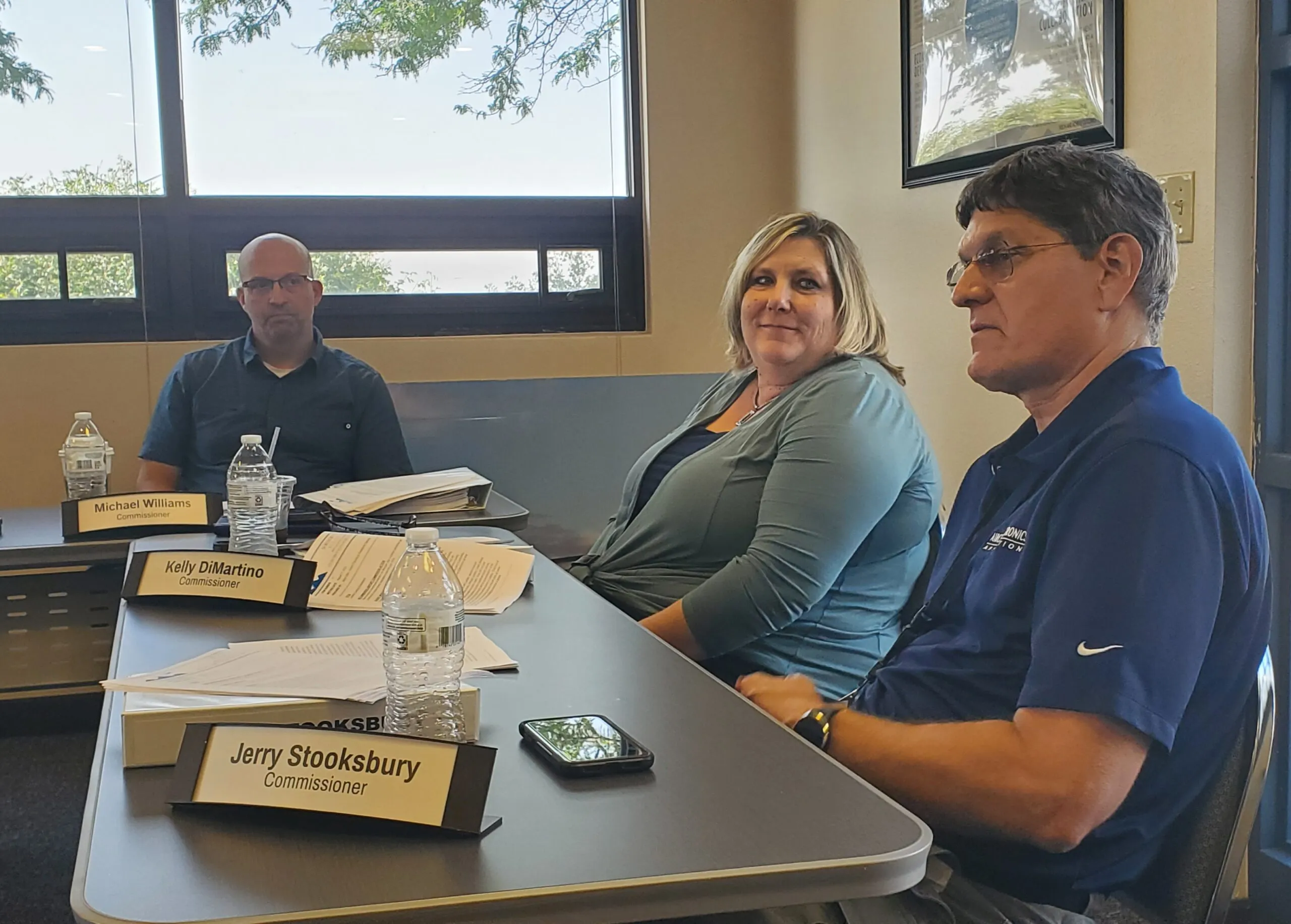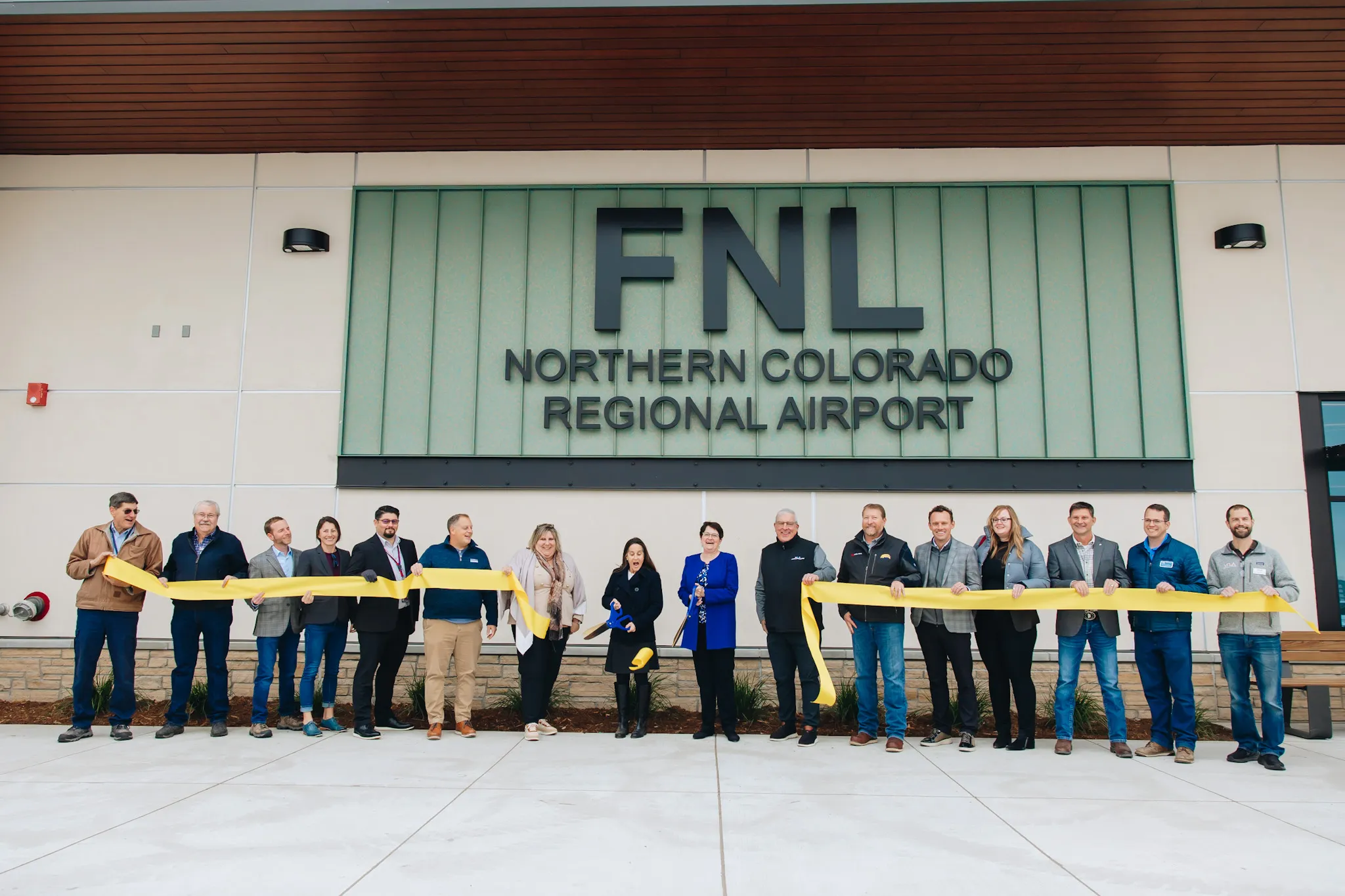Northern Colorado airport tackles flight-school, shuttle-service issues

LOVELAND — Construction on a $22 million,19,400-square-foot, two-gate terminal at Northern Colorado Regional Airport is continuing on schedule, the airport’s governing commission was told Thursday. However, issues related to that construction and the terminal itself are posing problems for flight schools at the airport and a popular shuttle bus service that has already seen a key part of its plan put on hold.
A short “crosswind” runway at the airport, frequently used by students at flight schools housed at the airport, has been closed because the placement of a construction trailer has made a portion of it no longer visible to…
THIS ARTICLE IS FOR SUBSCRIBERS ONLY
Continue reading for less than $3 per week!
Get a month of award-winning local business news, trends and insights
Access award-winning content today!





